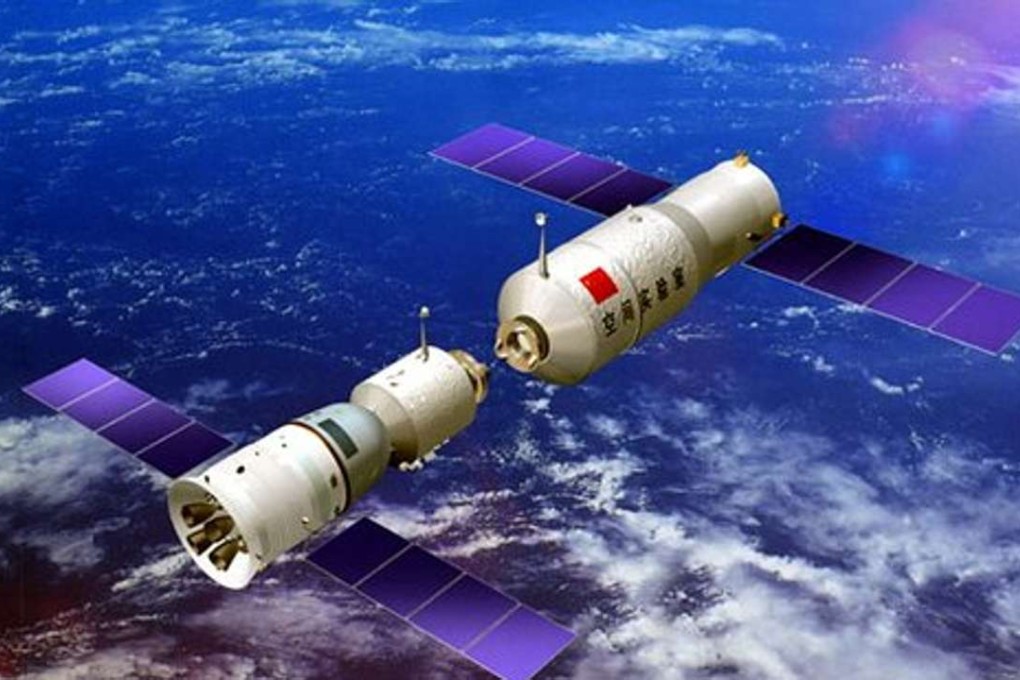China scraps first orbiting space laboratory after its functions fail following two years in space
Next generation of space laboratory due to be launched later this year

China’s first orbiting space laboratory has been scrapped and it will burn up in the coming months as it is gradually allowed to descend into the earth’s atmosphere, the nation’s space authorities said.
The Tiangong-1 laboratory was put into orbit in 2011, but was only designed to operate for two years and had exceeded its lifespan, the China Manned Space Engineering Office said in a statement.
“Its functioning failed recently, its data service has been terminated officially,” the statement added.
It successor will be launched in the third quarter of this year.
China’s second space lab to go into orbit this year as part of permanent manned space station by 2022
Tiangong-1 has operated for 1,630 days in orbit, according to the statement.
“[It] accumulated important experience for the construction and operation of a space station,” the statement said.